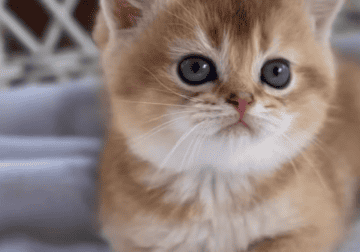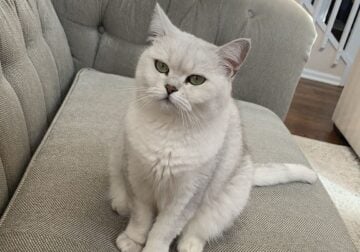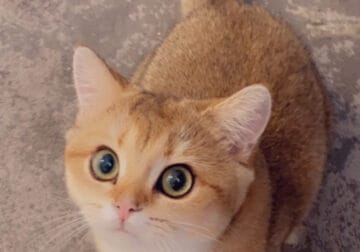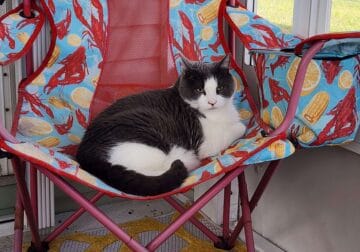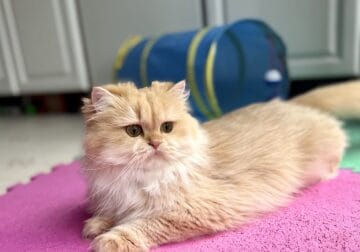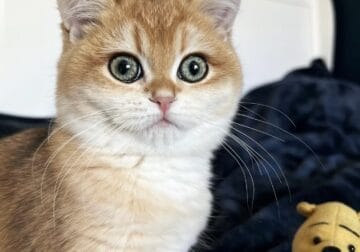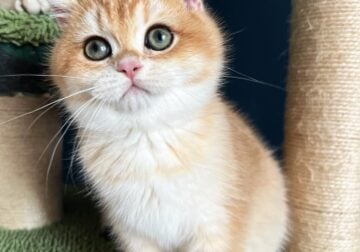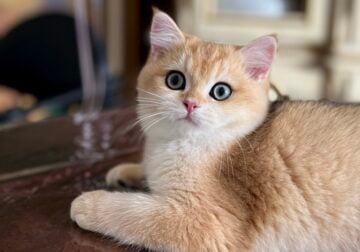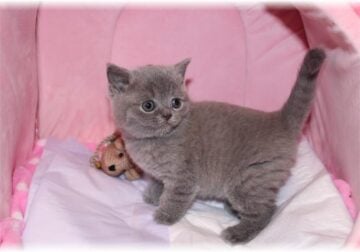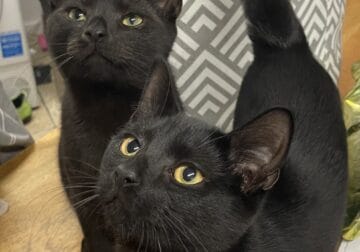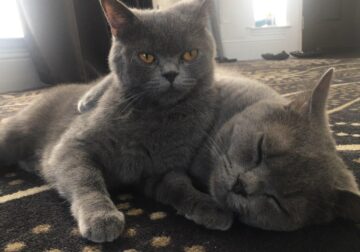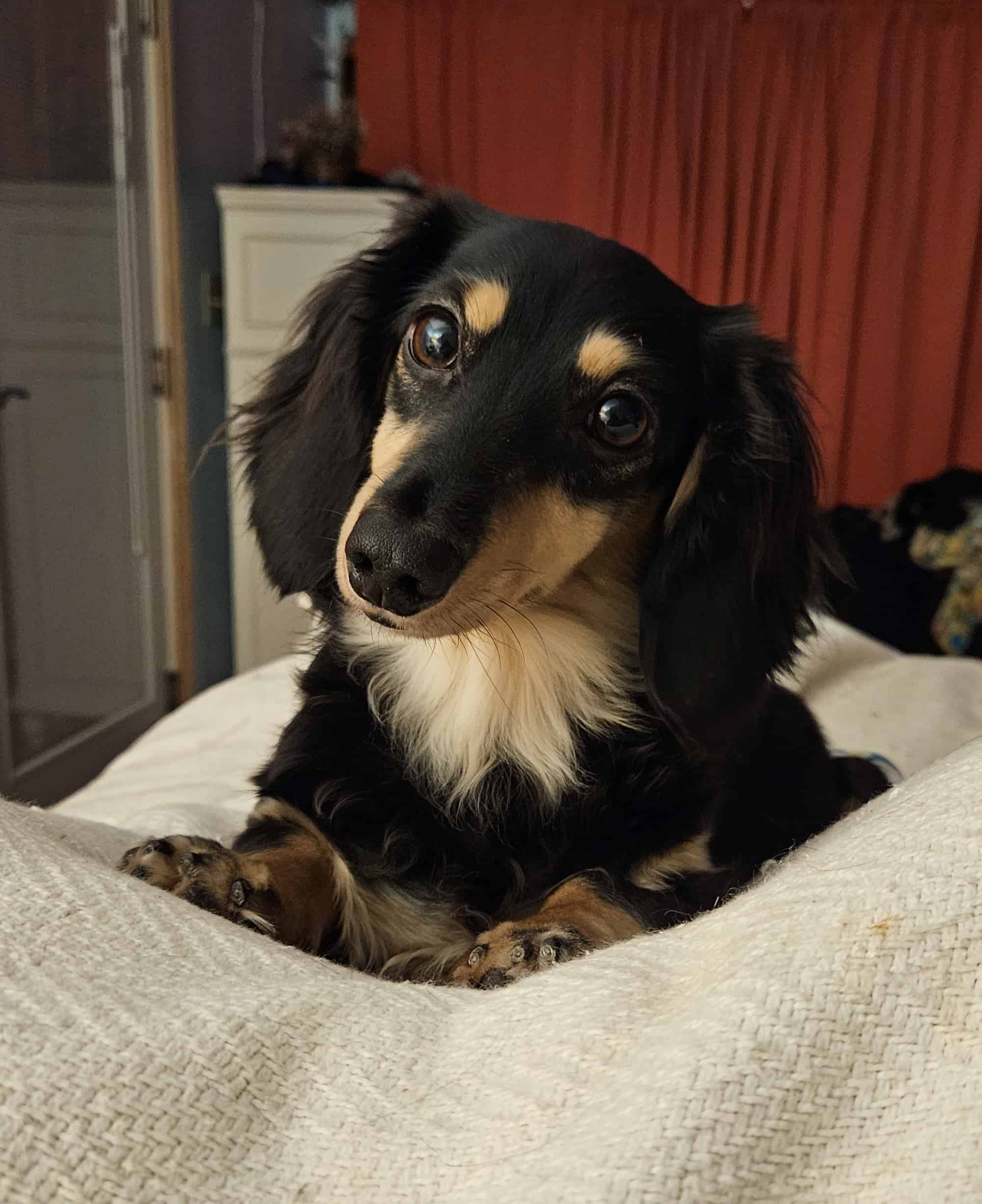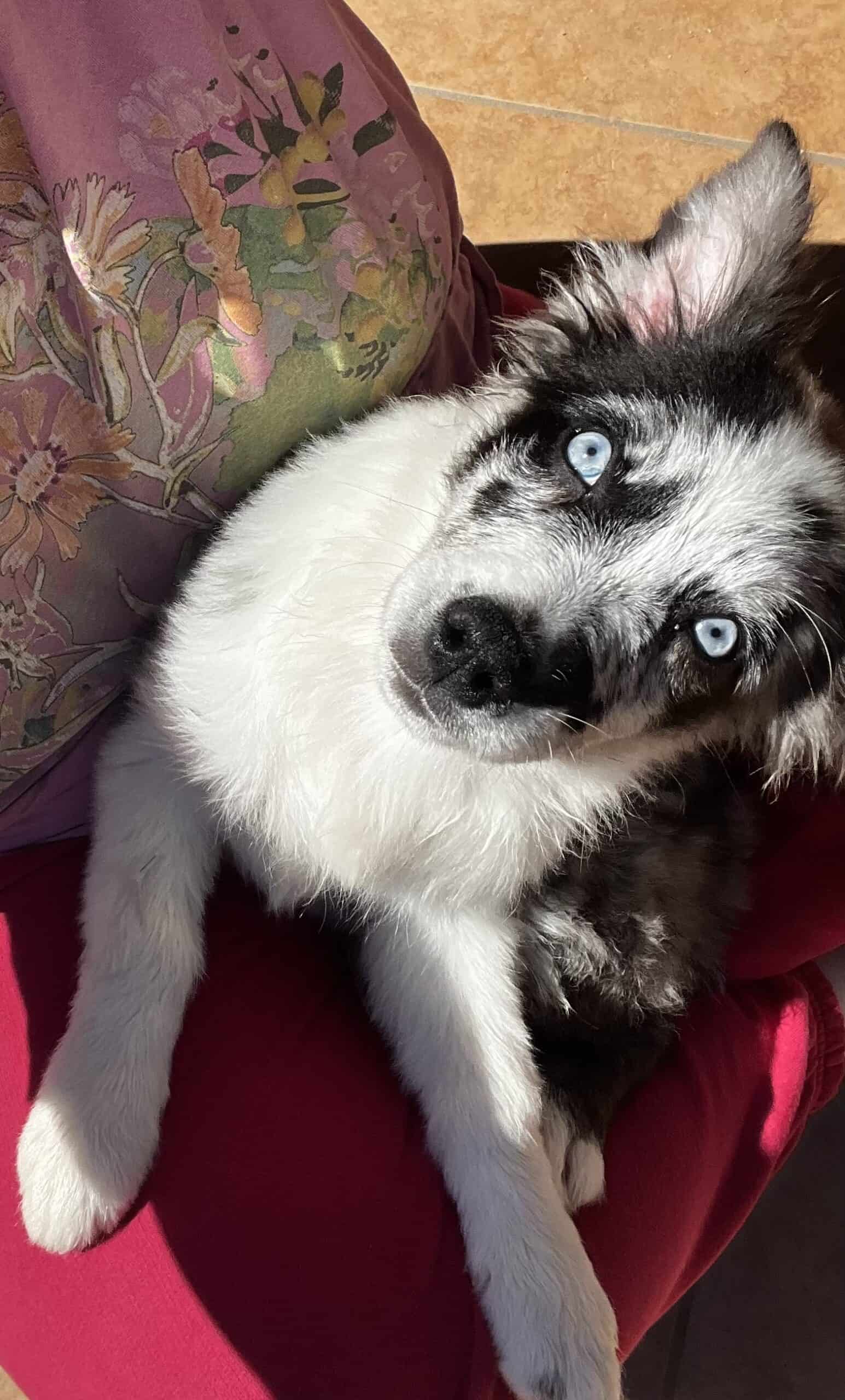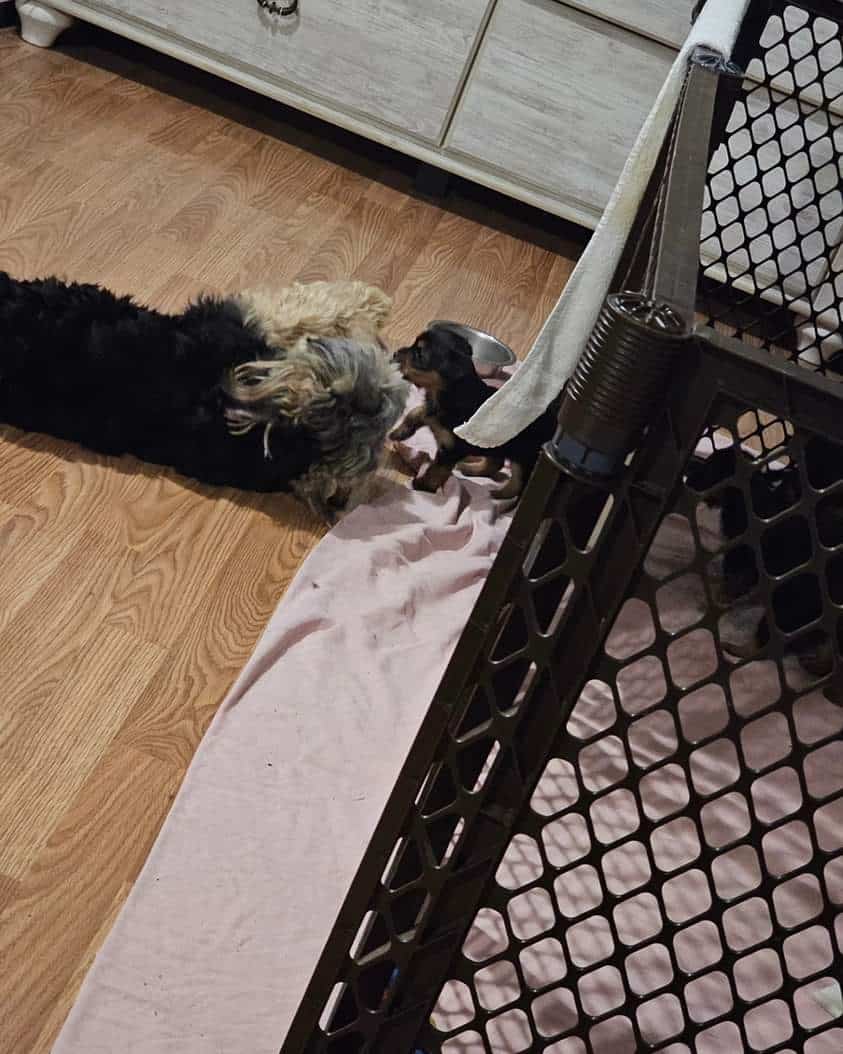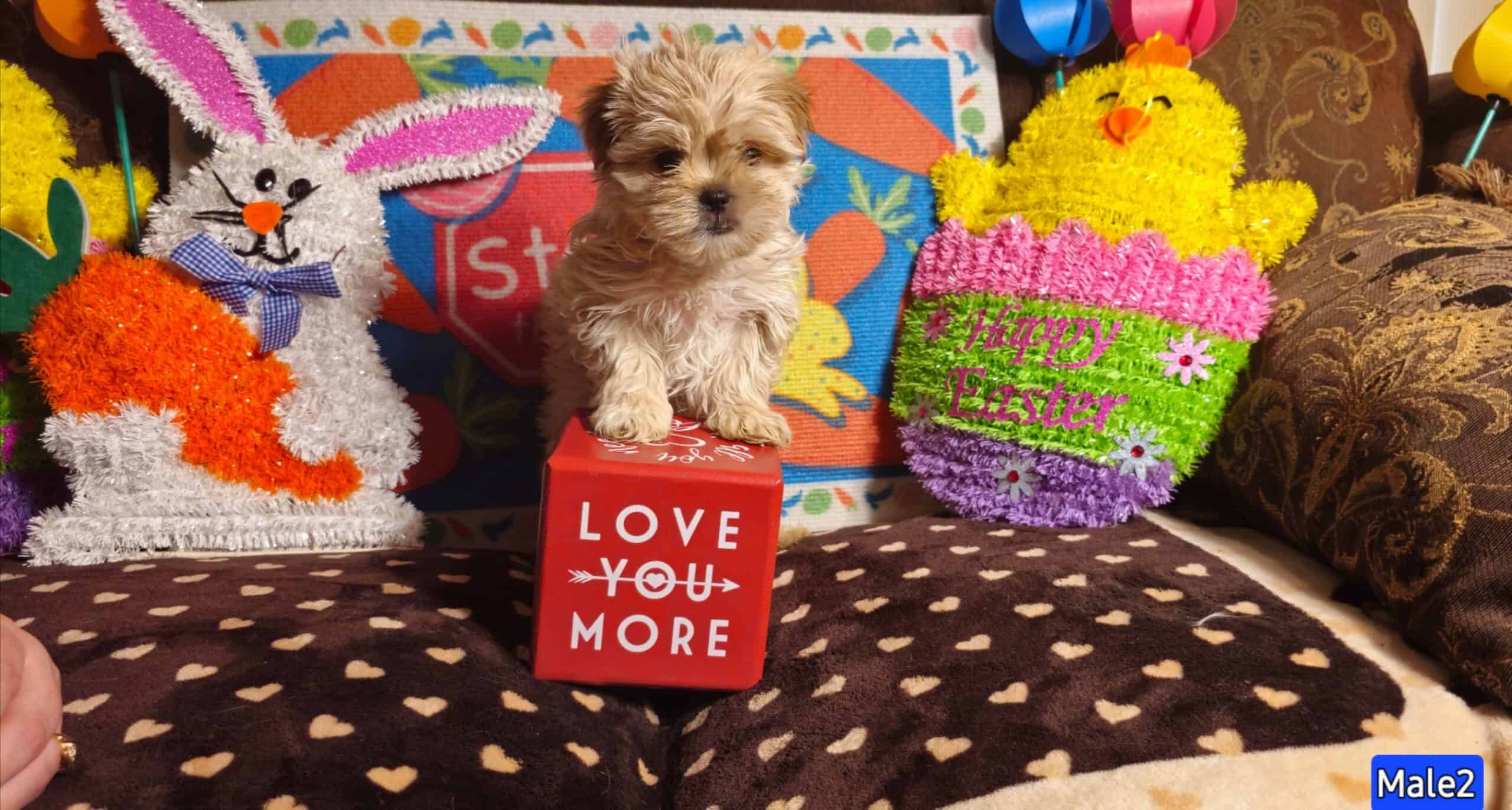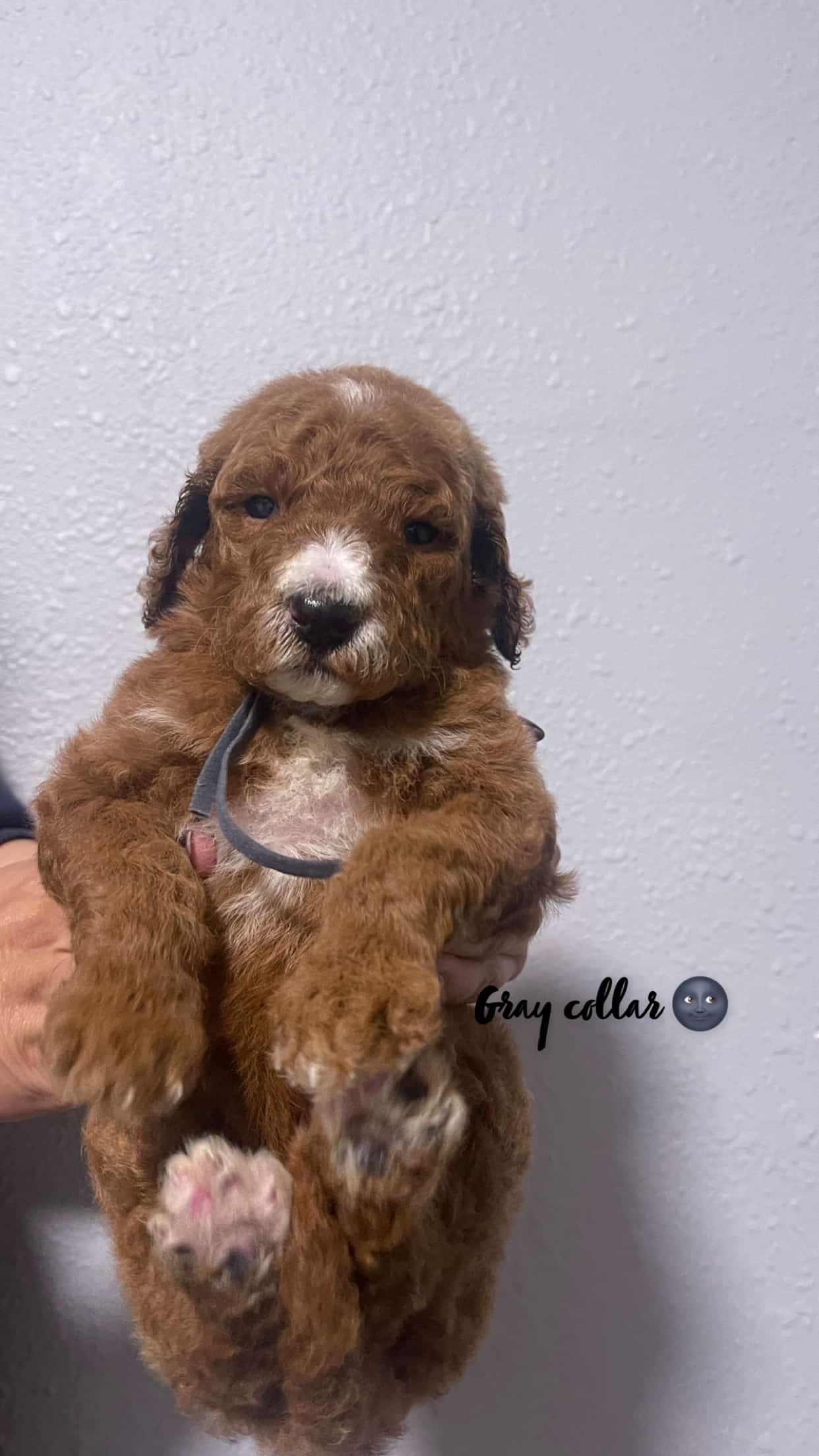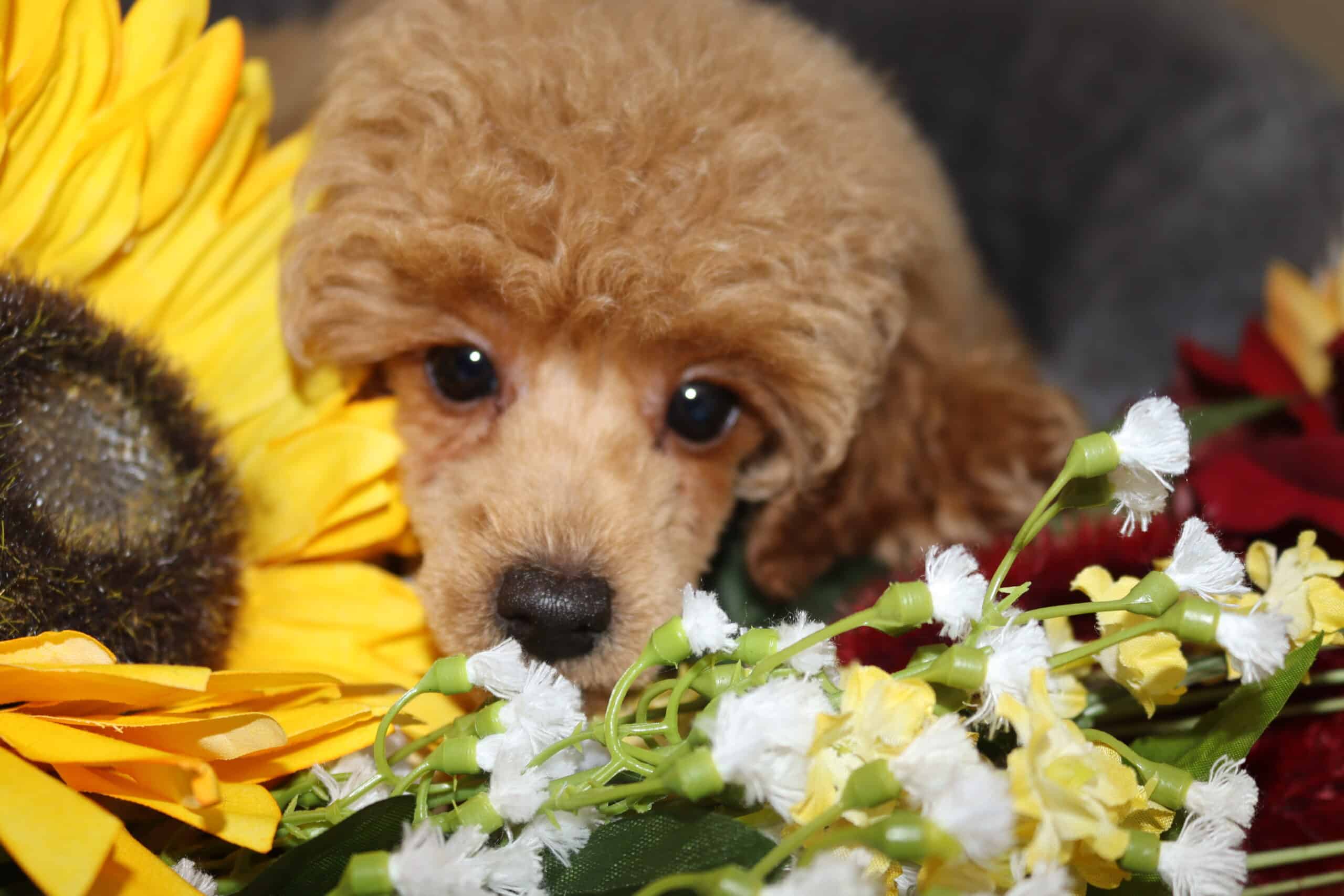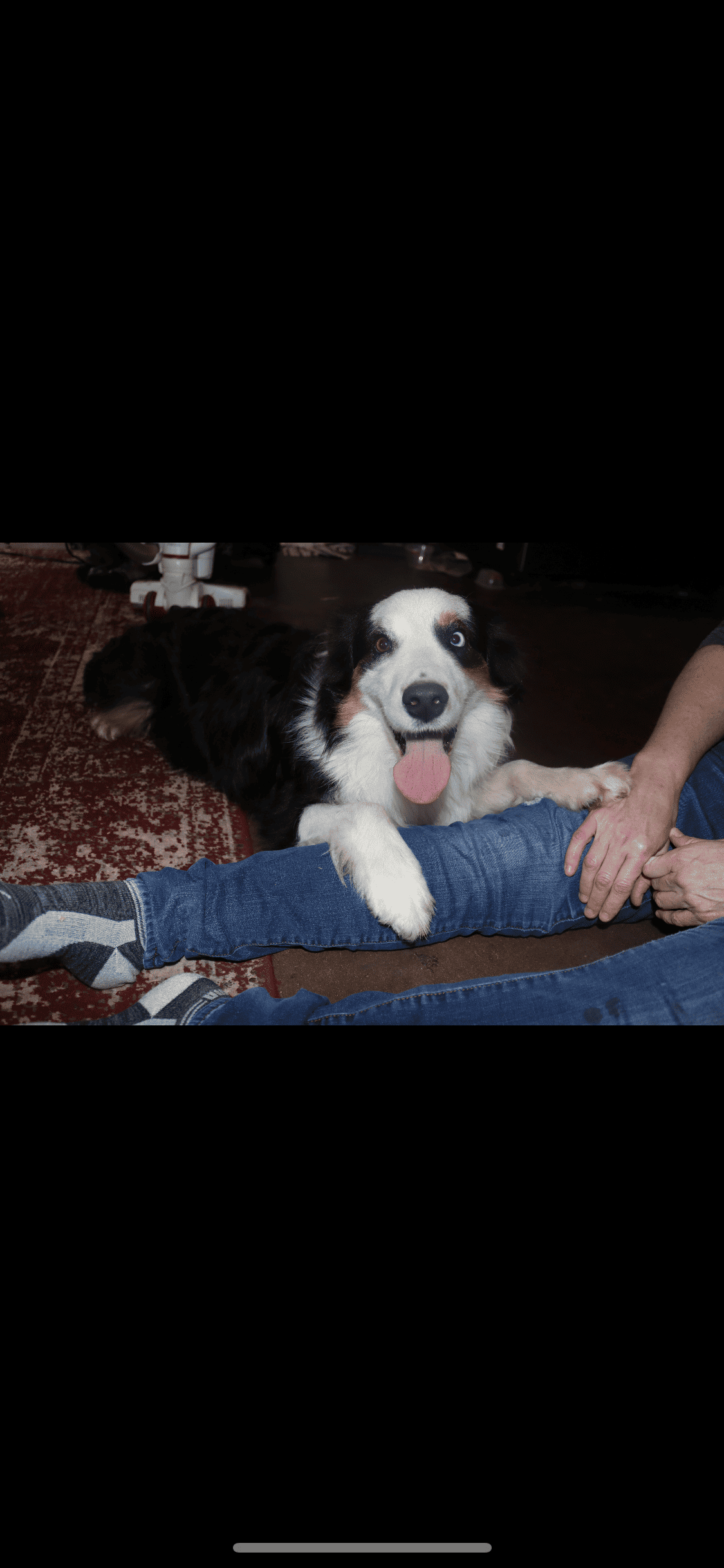Golden British longhair cat female 1,5 years old
Lowell, MA 01851, USA
Purebred Golden British shorthair kitten TICA
Lowell, MA 01851, USA
3 months old British shorthair kitten Golden color
Lowell, MA 01851, USA
KITTYS FREE TO A GOOD HOME ASAP
Fladbury Close, Redditch B98 7RX, UK
Beautiful British SH/Bengal Kittens on Adoption
14830 Tieton Rd, Naches, WA 98937, USA
British Shorthair for Sale: Personable and Gorgeous Feline Companions
British Shorthairs for sale are in-demand across the world for their affable personalities, low-maintenance care needs, and attractiveness. If you are in the market for a BSH, you can enjoy a large cat that gets along with kids and even dogs. Their affectionate natures and luxurious coats make them fantastic snuggle buddies.
Appearance
Size
The average size of a BSH is from 12 to 14 inches tall at the shoulders with a weight from nine to seventeen pounds.
Breed Standard
A British Shorthair Cat for sale should look distinct from any of the other shorthairs. The BSH is a medium- to a massive-sized cat with a large head. The ears are relatively small and wide-spaced, and the eyes are large and round. British Shorthairs typically have bright copper-colored eyes except for silver and white cats. They have round faces with slightly shortened muzzles. The neck should be short and muscular, and the cat’s body should be sturdy, heavy-boned, and square. A BSH has a wide chest and a noticeably strong back. Its tail looks short relative to its body as do its legs. Its paws are larger than other cats.
Coat
British Shorthairs have plush, short, and rippling fur. A few long-haired cats are occasionally born because backcrosses to Persian cats were so frequent. Breeders expend a lot of time after introducing a color from another breed to re-establish the correctness of the British Shorthair’s coat.
Colors
British Shorthairs that are solid colors are called monochrome and should be the same shade from the base of the fur to the tips. This means the undercoat should be the same color as the guard hairs.
- Black British Shorthair
- Chocolate British Shorthair (chestnut) – rich brown can range from milk chocolate to dark chocolate shades
- Cinnamon British Shorthair – mutation of the color chocolate leads to a warm light tan color with copper undertones
- Lilac British Shorthair – dilution gene works on the brown gene; affects chocolate or cinnamon color; frosted grayish with pinkish undertones; diluted cinnamon is also referred to as fawn
- White British Shorthair – no markings or yellowing permitted; eyes can be blue, amber, or copper (if odd, one eye must be copper and the other must be blue)
- Blue British Shorthair – many shades of gray possible with a bluish tone; same dilution gene as is present in blue dogs replacing black areas with gray
- Orange British Shorthair – if a cat has an orange gene, which is a dominant trait, it will mask other colors
- Cream British Shorthair – dilution gene’s effects on tan
- Tan British Shorthair – the dilution gene’s effect on the color orange
- Red British Shorthair – still in development in the British Shorthair; a new color that comes from the Persian cat
Registries no longer expect monochromatic BSH cats that are mostly blue (British Blues). Crossings of British Shorthairs became necessary to maintain their signature type, and their colors expanded. Multiple color patterns follow, but it is impossible to cover all 229 approved colors in this article. Note the first three colors refer to silver cats, each characterized by a white undercoat and various degrees of pigmentation. Silver cats are also marked by blue-green or green eyes.
- Shell or chinchilla (silver) – most minimal shading of a self-colored cat; white undercoat with color only on the tips of the hair; if the cat is red this color pattern is referred to as cameo (cream is a dilute cameo)
- Shaded – a third of the hair has color, the remainder is silver-white
- Smoke – half of hair shaft is pigmented
- Tortoiseshell – patchwork arrangement of black, blue, lilac, or chocolate and a second color that is orange and cream; no white
- Tabby – pattern can be classic, patched, mackerel, or ticked
- Golden British Shorthair – like the silver cats above, but the undercoat is honey or golden rather than silvery white, indicating the lack of an inhibitor gene
- Tri-color or calico – black, lilac, chocolate, blue, or cinnamon with red (or cream) and white
- Bi-color – any monochromatic color and white that cover no more than a third of the cat
- Harlequin – the cat is mostly white with color on the head and tail and a couple of spots on the body
- Van – a Van cat has color only on the head and tail
- Pointed – new accepted pattern in BSH; the cat has “points” of color as a facial mask and on the ears, feet, and tail; bred from the Himalayan Persian
Personality
The British Shorthair is a calm and adaptable cat. It is affectionate with family members but is moderately reserved with strangers. It enjoys attention without being too demanding. British Shorthair kittens for sale are loud and highly active, but both of these qualities tone down as your cat matures. Adults are moderately active and quiet. The BSH is social and confident around children, other cats, and dogs that live in your home. Although British Shorthairs are large enough to handle themselves, you should advise children to exercise care when handling any cat. Your cat may bite or scratch from the stress of rough handling or from overstimulation.
Lifespan
British Shorthairs have a life expectancy of 15 to 20 years.
British Shorthair Kittens for Sale Near Me
As you explore liters of British Shorthair kittens for sale, you should select a cat with the following qualities.
- Alert and curious attitude
- Active
- Bright, clear eyes that free of discharge
- No sneezing or coughing
- Clean living conditions
- No nasal discharge
- No evidence of diarrhea
Conscientious breeders will have health certificates on their kittens and will have performed the initial set of vaccinations. Ideally, sellers will also perform appropriate DNA tests such as screening for hemophilia B on breeding cats. You should expect documentation of three generations or more of ancestors for your prospective kitten. Ethical breeders are accessible through the websites of major cat registries. You can also obtain British Shorthairs from humane societies and rescues. Often these kittens do not have papers or any proof of their heritage.
Care
British Shorthair cats for sale are low-maintenance and easygoing. They thrive on your companionship but do not require constant attention. They are also laid back and sociable.
Grooming
British Shorthairs require the same basic care as other cats.
- Brush once or twice weekly
- Check ears every couple of days for excess exudate and signs of infection (redness, itchiness, signs of mites)
- Bathing rarely necessary – once every quarter to half a year or less
- Trim nails every two to six weeks
- You can train your cat to tolerate teeth brushing two or three times a week
Feeding
Your British Shorthair requires 28 to 35 calories per pound each day. A 12-pounder should receive about 330 to 420 calories or 0.75 to 1.25 cups of kibble daily. You should focus on delivering a meat-based diet in your choice of a wet diet or commercial or homemade raw meals. Consult with your veterinarian about home-cooked recipes to ensure they are properly balanced.
Exercise and Training
British Shorthair cats require daily exercise but only brief sessions. The BSH is a breed that often needs encouragement to become active. Feathers and other lure-type toys are great to get your cat to engage in short chases and pounces. If you incorporate a few training exercises into each day’s activity, you can engage your cat and accomplish mental enrichment, both vital for your cat’s happiness and well-being.
